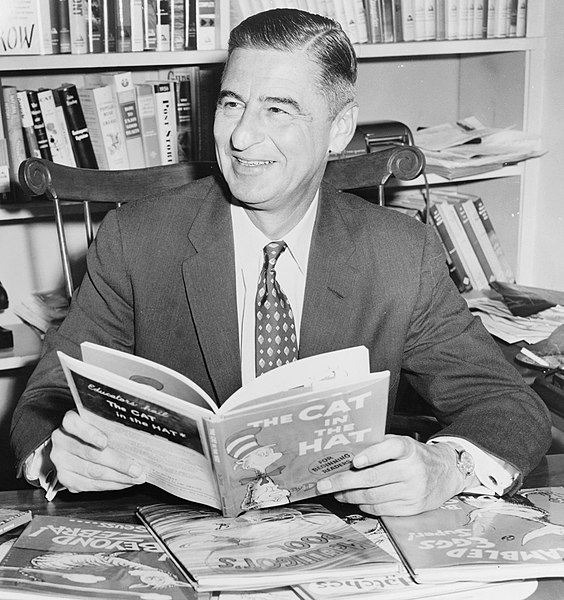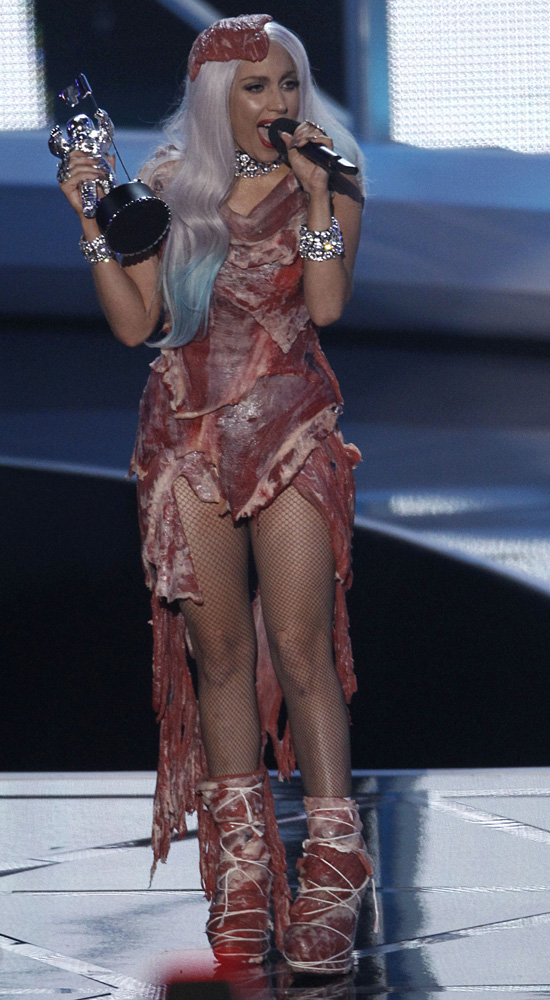The weather isn’t great this weekend, I get that. It’s cold
and kind of cloudy, with chances of rain. But as my favorite author once wrote,
“I know it is wet and the sun is not sunny. But we can have
lots of good fun that is funny!”
Yes, Dr. Seuss is my favorite author. But the reason why is
for another post.
 |
| If Ted Geisel (Dr. Seuss) were still alive, I'd shake his hand and buy him a beer. |
So, feel free to skip my review of the more popular low-carb
diets and get right to the super tasty graham cracker sundae recipe at the
bottom of this post. After all, it’s still Memorial Snack Week, and you should
be having a good time. The recipe brings together fruits, low carb and low cholesterol tricks, wrapping up
all the topics of my Memorial Snack Week into one delicious dish!
The Glycemic Index
Just over 10 years ago, the Glycemic Index (GI) gained a lot
of steam. The index was a study that recorded how long it took certain carbohydrates to turn into blood sugar. Some carbohydrates, like the fructose
in watermelon, turn immediately to blood sugar. That’s what causes kids to
bounce around like pinballs after they eat candy.
Other carbohydrates, like peanuts and broccoli, turn to
sugar slowly. These provide a steady drip of energy over a long period of time,
as opposed to one quick burst. The higher the GI number, the quicker the carbohydrate turns to blood sugar.
 |
| Graph courtesy of http://nutritiondata.self.com |
You’ve probably heard that the secret to not putting on
weight is to burn more calories than you consume. That’s true… mostly. A
typical, active human being burns 2000 calories a day. But, if that same person
ate all 2000 of those calories in one meal, they’d put on weight regularly. Your
body is good at using energy as needed and storing the rest. The daily calorie value changes based on sex, age and activity, so for your calorie limit, check out this online calorie calculator.
If you have small meals throughout the day, giving your
body small doses of energy (calories are a measurement of energy) exactly when
it needs them, your body would have no excess energy to store as fat.
But if
you were to starve yourself all day, eat an entire rotisserie chicken and then
go to bed, your body would have all kinds of energy but no need to use it. It
would then store that chicken around your love-handles for later.
So what does this have to do with the Glycemic Index?
If carbohydrates turn to blood sugar (usable energy) at
different rates, knowing which ones give us an immediate burst of energy would
help us avoid the “rotisserie chicken” scenario. By eating low GI foods, like
whole grains and oats, you don’t risk giving your body too much energy at once.
And this, in turn, keeps the weight off.
Diets based around this index sprang up like wildfire. The
two most popular low-carb diets were The Atkins Diet and The South Beach Diet.
The Atkins Diet
The Atkins Diet told dieters to avoid carbohydrates
altogether, because your body requires a combination of carbohydrates and lipids (fat) to store body fat. (The
scientific name for body fat is glycolipid, “glyco” = sugar and “lipid” = fat.)
By sticking only to proteins and fats, your body cannot add weight, and
instead, you trick your metabolism into breaking down its current fat stores
for the carbohydrates. In the end, so long as you don’t consume carbs, your
body eats its own fat stores.
So instead of having
toast, hashbrowns, or pancakes for breakfast, you have full servings of bacon,
sausage and ham.
 |
| Lady Gaga's dress supports the Atkins Diet |
Personally, I still don’t see how this could possibly be
good for your heart, with all the saturated fat and cholesterol associated with
a meat-based diet. I’ll probably explore that in a different post. I do have more
experience with the South Beach Diet, which I will cover next.
The South Beach Diet
The Atkins Diet
could be considered a “No Carb” diet, whereas the South Beach is a “Low Carb”
diet. Although the South Beach requires a two-week ban of all carbs, it eventually allows a small amount of low GI carbs – the kind that take a long while
to turn to sugar. By emphasizing moderation, the South Beach allows people to
eat relatively normal meals and still drop the pounds. My mom went from 270 lbs
to 160 lbs in two years using the South Beach Diet, so I’ve seen the good work
it can do.
If you’re interested in trying it out yourself, feel free to
buy the South Beach Diet book off of Amazon.
The Recipe
Come on, we know why you’re really here. And if you read all
that science-y stuff above, I’d say you’ve earned this tasty treat. This recipe
makes use of margarine (low cholesterol,) sugar free chocolate syrup (low carbs
and cholesterol,) sugar free whipped cream (low carb,) graham cracker crumbs
(low fat, low carb,) and lots of tasty fruits!
Banana Split Dessert
Ingredients
5 tablespoons reduced-fat margarine, melted
1 can (12 ounces) cold reduced fat / fat-free evaporated
milk
¼ cup cold fat-free milk
2 packages (1 ounce each) Sugar-free / fat free instance
chocolate pudding mix
2 medium firm bananas, sliced
½ quart of strawberries, thinly sliced
1 carton (8 ounces) fat free frozen whipped topping, thawed
3 tablespoons sugar-free chocolate syrup (sold at Kroger)
3 tablespoons chopped walnuts – optional
5 maraschino cherries, quartered - optional
Directions
1. Combine graham cracker crumbs and margarine. Press onto the
bottom of a 13x9x2 in. dish coated with nonstick cooking spray.
2. In a bowl, whisk the evaporated milk, fat-free milk and
pudding mixed for two mnutes or until slightly thickened.
3. Spread pudding evenly over crust.
4. Layer with bananas, sliced strawberries and whipped topping.
Sprinkle nuts (optional.) Drizzle with chocolate syrup. Top with cherries (optional.)
5. Refrigerate for at least one hour before cutting. Yields 15
servings.
I’m a little leery of the milk for this recipe, so if you
substituted coconut milk or soy milk (which taste waaay better in desserts because of their natural sweetness) you
could get rid of more potential cholesterol. I’d suggest Vanilla Silk to
substitute for the fat-free milk and a can of coconut milk for the evaporated
milk. Just be mindful of the extra sugar these milk substitutes can add if you're trying to keep this recipe low carb!


Yummy......This banana split desert seems really delicious.I shall try it.
ReplyDelete